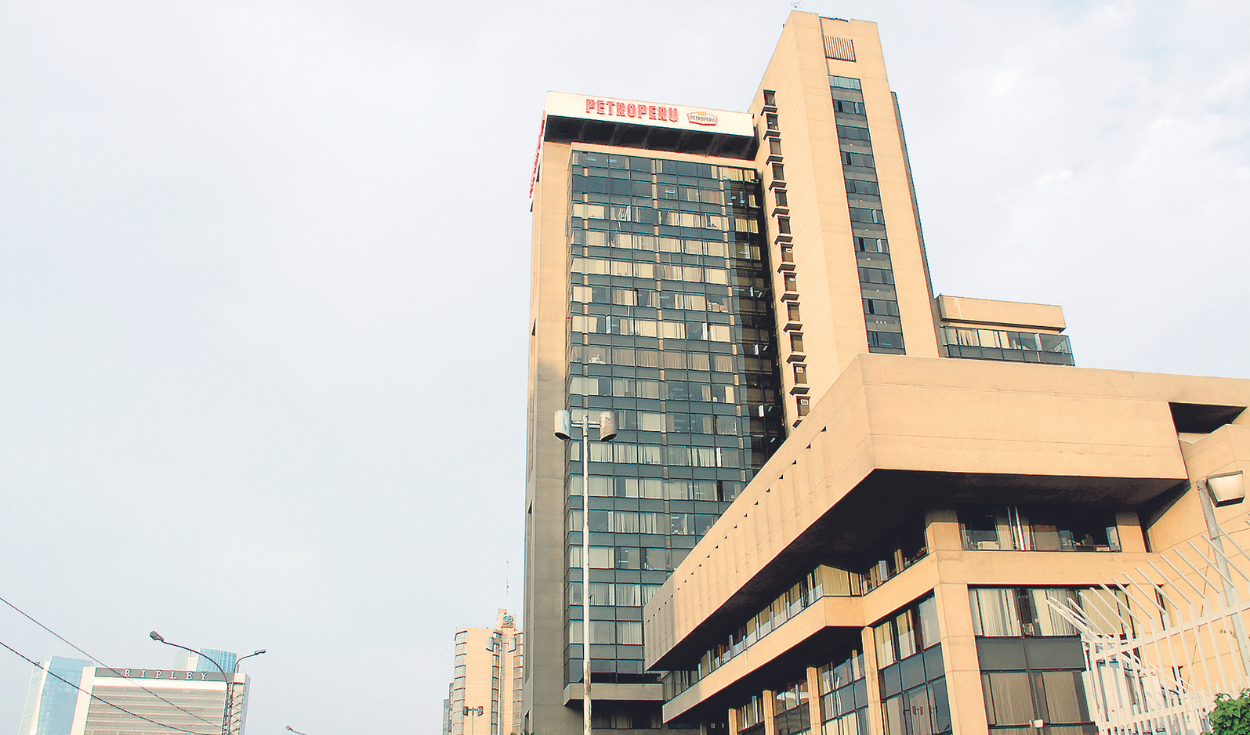
Petroperú faces a new adverse scenario, which could force it to receive a second capital contribution in less than a year so as not to leave the local market short of fuel, with a historical loss of assets that far exceeds $1.324 million and that, to this day, prevent him from being financially self-sustaining.
The former director of Hydrocarbons Gustavo Navarro points out that, in practice, the policy of weakening and privatizing Petroperú continues to be paid for by all Peruvians. Let’s go in parts. In the first phase of privatization, carried out between November 1993 and March 1998, the state lost a total of 10 units cornerstones for his business in progress, which were, briefly, sold for US$673 million.
At this point it is necessary to recognize that any oil company in the world has three ways of generating income: through the exploitation of deposits and their consequent oil income, obtaining a refining margin and placing them on the market through taps. and service stations. All this generates what is known as “vertical integration”that is, the profit for participating in the entire fuel chain, from production to sale to the end user.
“When Fujimori ordered the IGV exoneration for fuels in the jungle, the rule was poorly made and Petroperú did have to pay the tax on the crude it bought from pluspetrol, but was forced to sell it as fuel without it. So, he had no way to recover that IGV. The MEF corrected that for private companies, but for Petroperú only in 2015. S/1,500 million were lost there”said Navarro.
Esprit de corps
Nor has the Executive Branch done much to stop the privatization process that has left the undercapitalized Petroperú on the brink of another capital contribution. In 2004 he opposed the law 25844 that excluded the state company from the privatization process that was approved at the insistence of the government of Alejandro Toledo. Two years later, he also opposed the project to strengthen and modernize the company, Lly 28840. Parliament, again, had to approve the device due to insistence.
According to calculations made by the company itself, between 1992 and 2005 the operating profits foregone as a result of the sale of the 10 aforementioned assets around US$1,324 million. Some 18 years later, there is no update on this amount, but specialists consulted by La República agree that it could more than double.
Petroperú sources indicated that, in effect, the oil company could continue efficiently with its supply of fuels to the domestic market (the state company has the responsibility of reaching corners where the private sector would not to guarantee energy for development) and It would not provide resources or capital contributions to the State if, at least, “it had not been stripped of the oil lots.”
“If we had continued with the batches, we would not be in the situation we are in now. While the old refinery stopped [para modernizarla], we would have been generating income for export or sale in Lima. But with no batches, and with a shutdown refinery, all we’ve been doing is importing and the prices could no longer be handled because the competition was ahead”, he remarked.
A process that left the state oil company almost bankrupt
The most important assets sold were the producing lots (8, X and XI), as well as the La Pampilla refinery, today in the hands of Repsol. The oil fleet (Transoceanic), the gas distributor (Solgás) and 85 service stations were also sold. Today Petroperú does not have taps operating in the territory, but rents the name under the so-called Petrored. That added up to $863 million. (US$673 million for assets and US$190 million for annual transfers from Petromar and supply terminals).
According to the 2005 document, privatization in 13 years meant losses of US$2,187 million for Petroperú. To this, we must add the US$ 863 million already mentioned. All that money from privatization, amounting to US$ 3,050 million (2,187+863) entered the Public Treasury and private coffers, decapitalizing Petroperú.
The numbers
20 thousand barrels per day would begin to operate Petroperú in the lots I, VI, Z-69 and X.
US$80 a barrel of crude is quoted in WTI. In Talara, he leaves about US$40 for whoever extracts it.
Source: Larepublica
Alia is a professional author and journalist, working at 247 news agency. She writes on various topics from economy news to general interest pieces, providing readers with relevant and informative content. With years of experience, she brings a unique perspective and in-depth analysis to her work.











